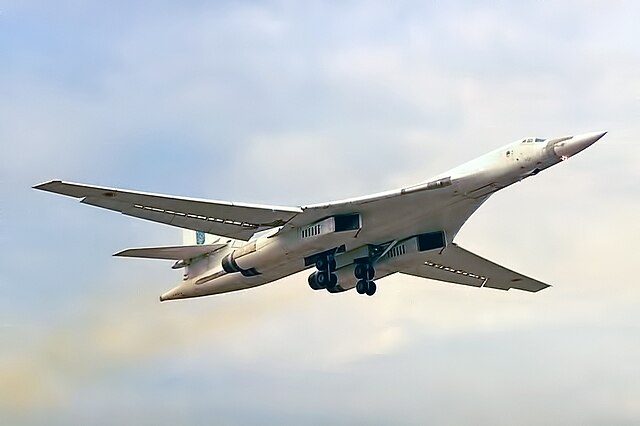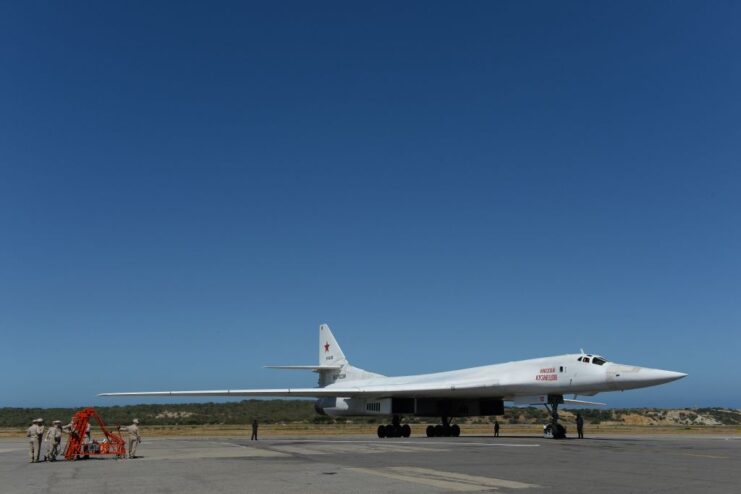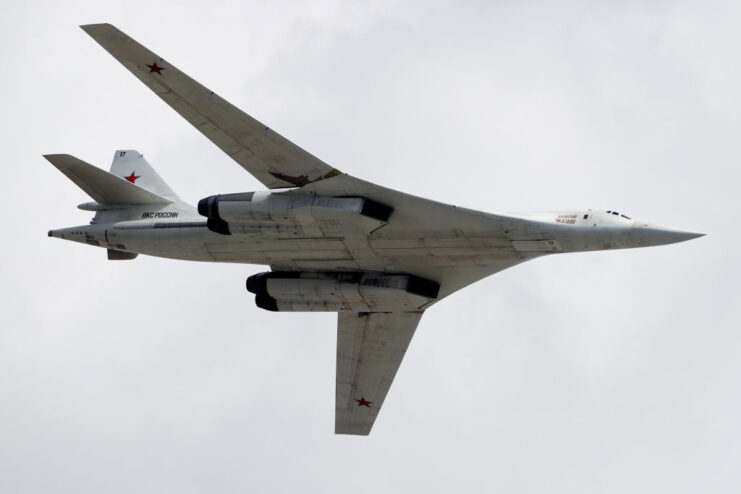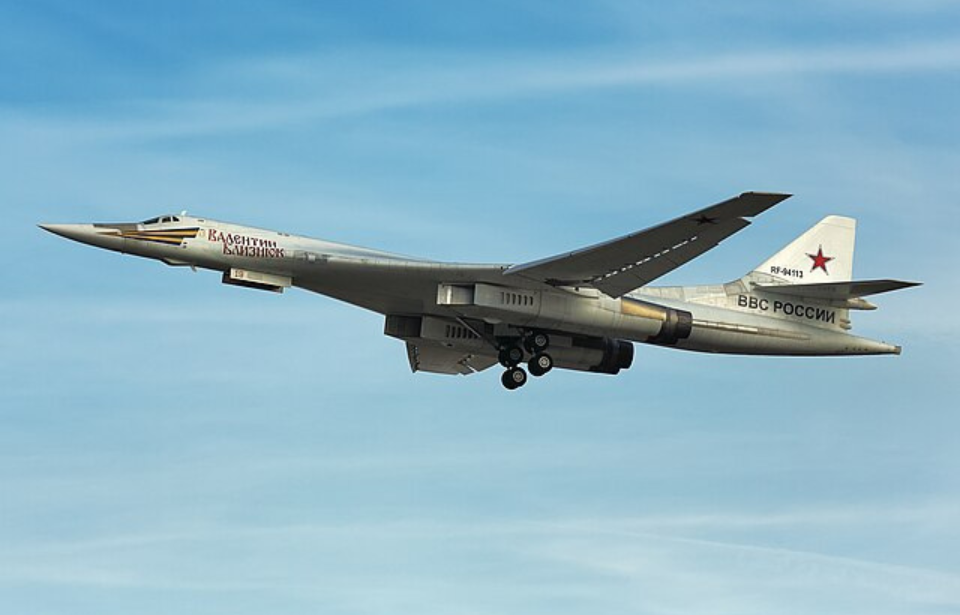In 1972, the unusual story of the Tupolev Tu-160 Blackjack began when the aircraft won a competition aimed at designing a new supersonic bomber that could match the Rockwell B-1 Lancer operated by the United States. Nicknamed the “White Swan” as a result of its appearance, it’s become one of the most iconic aircraft ever operated by the Russian Aerospace Forces – and it is still in service today.
A competition results in the Tupolev Tu-160 Blackjack

As aforementioned, the Tu-160 Blackjack was the result of a competition launched by the Soviet Union for the development of a new supersonic bomber. Tupolev submitted the Aircraft 160M, which featured elements present on the Tu-144 Charger, as well as an extended blended wing layout – essentially, it wouldn’t be as narrow as the airliner.
Tupolev’s design was up against two other submissions, the Myasishchev M-18 and the Sukhoi T-4, the latter of which featured a droop nose to give pilots improved visibility during takeoffs and landings. The Aircraft 160M, which went on to be called the Tu-160, won out, with production being approved in 1984.
Tupolev-160 design and specs

The Tu-160 Blackjack’s design was bold for its time. Implementing the variable-sweep swing system on an aircraft of such a large size was indeed an engineering endeavor worthy of a military superpower. Russia claims the Tu-160 is the largest, most powerful supersonic bomber to date, achieving speeds of Mach 2, thanks to its four Kuznetsov K-32 after-burning turbofan engines.
Manned by a crew of four – the pilot, the bombardier, the co-pilot and the defensive systems operator – the Tu-160 features two internal weapons bays, each capable of carrying 44,000 pounds of free-fall weapons or a rotary launcher for the deployment of missiles. The latter allows it to perform its primary role as a standoff missile platform.
Unusually, it was designed without any defensive weapons, a first for a Soviet-era bomber since the Second World War.
A decades-long operational service history

The Tu-160 Blackjack officially entered service in April 1987, serving with the 184th Guards Heavy Bomber Regiment, which had previously operated Tupolev aircraft. Despite breaking an impressive 44 world records between 1989-90, Russian President Boris Yeltsin canceled production of the Tu-160.
Following the collapse of the Soviet Union, 19 of the supersonic bombers were stationed at Pryluky Air Base in Ukraine. A newly independent nation, its leaders found themselves with an incredibly advanced aircraft as part of their arsenal. Russia wanted to get them back, but negotiations failed to foster an agreement until 1999, with eight being exchanged for the write-off of Ukraine’s gas debt.
In 2006, the Russian Defence Ministry and the Kazan Aircraft Production Association (KAPO) decided to modernize a number of Tu-160s, which were ultimately given the “M” designation. Along with new engines, the bombers had upgraded cruise missiles, an electronic warfare suite and new target systems installed.
In November 2015, the Russian Aerospace Force deployed several Tu-160s and Tu-95MS Bears, which conducted airstrikes on targets in Aleppo and Idlib provinces as part of the Russian intervention in the ongoing Syrian Civil War.
More from us: SR-72: Lockheed Martin’s Proposed Hypersonic Successor to the SR-71 Blackbird
Following this, the supersonic bomber didn’t see combat action again until the Russo-Ukrainian War, with Ukraine claiming eight cruise missiles had been launched at Havryshivka Vinnytsia International Airport from around the Black Sea. This was followed by additional Russian strikes three months later on Kyiv.
